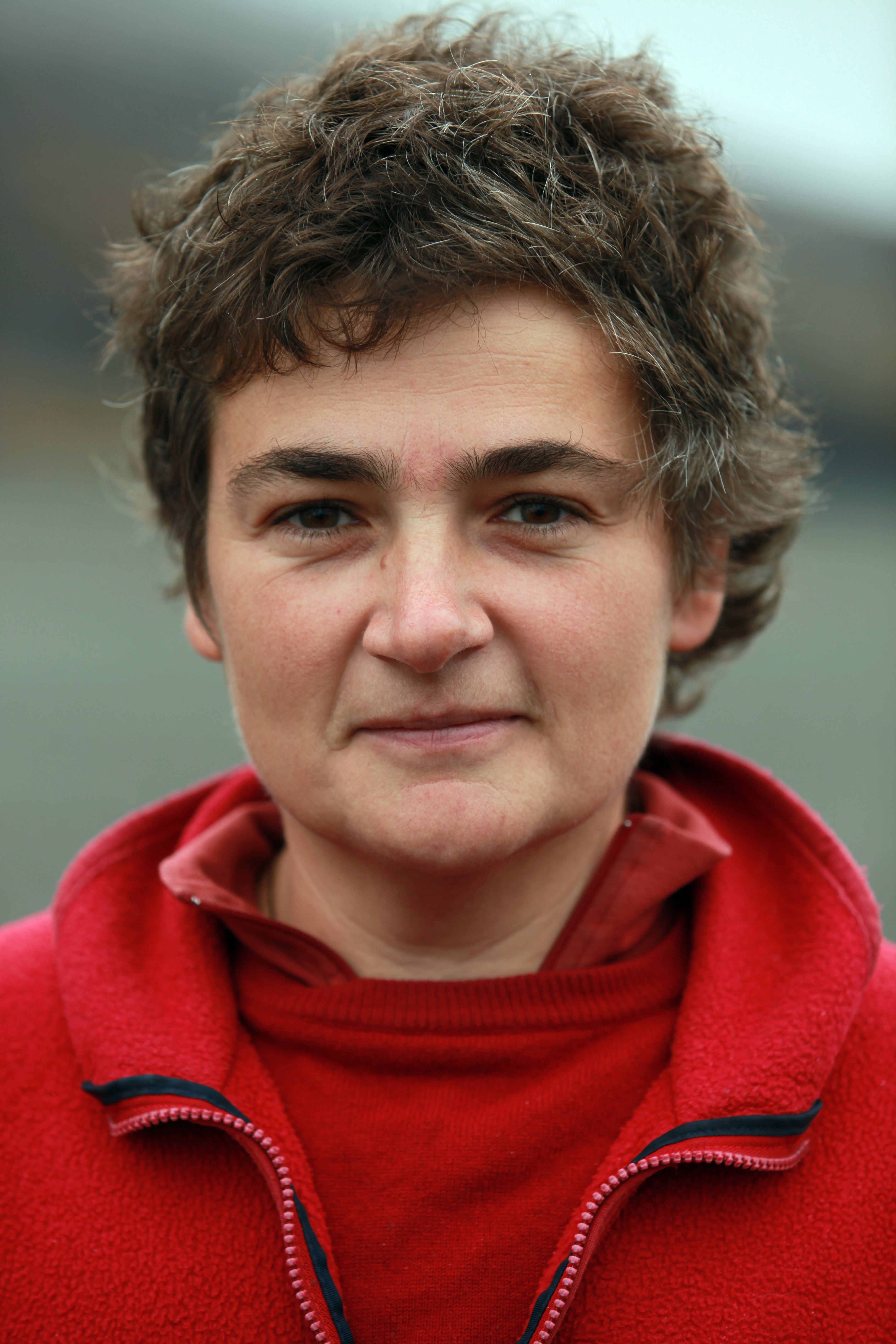23 May 2023, 16:00 – 17:30 CEST, online
Recording: https://lecture2go.uni-hamburg.de/l2go/-/get/v/66549
Freshwater and AMOC in the North Atlantic Subpolar Gyre
Fiamma Straneo (Scripps Institution of Oceanography, USA)

Fiamma Straneo is a Professor and the co-Director of the Polar Center at the Scripps Institution of Oceanography of the University of California San Diego. Prior to this position, she was a scientist at the Woods Hole Oceanographic Institution from 2000 to 2017. Her research focuses on the high latitude North Atlantic and Arctic Oceans, their interaction with the atmosphere, sea-ice and the Greenland Ice Sheet, and the Atlantic Meridional Overturning Circulation. Much of her work involves interpreting data from the high latitudes collected using platforms such as icebreakers, fishing vessels, helicopters, snowmobiles and autonomous surface and underwater vehicles. Straneo has led over 20 field expeditions to the Arctic and Greenland. She co-chaired the Climate and Cryosphere Program of the World Climate Research Program from 2018-2022 and is a co-chair and founder of the Greenland Ice Sheet/Ocean Science Network (GRISO).
Abstract
Increasing freshwater discharge from the loss of Arctic sea-ice and from melting of the Greenland Ice Sheet has the potential to affect the AMOC by reducing dense water formation. In addition to these longer term trends, episodic release of freshwater from the Arctic (e.g. Great Salinity Anomalies) cyclically result in a modification of the stratification, dense water properties and, at times, a temporary slow down or shut down of convection. Here, I present some recent observation-based studies as part of the OSNAP (Overturning in the Subpolar North Atlantic Program) Program that provide insight into some of the processes and dynamics that are responsible for the spreading and mixing of freshwater. Specifically, I will present recent findings related to the circulation and spreading of Greenland meltwater, to the circulation and impact of the latest GSA in the Subpolar North Atlantic and, finally, a baseline estimate for the fraction of Arctic freshwater export that is entrained in the AMOC. Collectively, these studies point at the need to understand the processes that govern the freshwater transport and transformation before we can model their long-term impact on the AMOC.
Simulation-based approaches for quantitative observing system design
Patrick Heimbach (University of Texas at Austin, USA)

Patrick Heimbach is a computational oceanographer, professor in the Jackson School of Geosciences, and W. A. “Tex” Moncrief, Jr., chair III in Simulation-Based Engineering and Sciences in the Oden Institute at the University of Texas at Austin. His research focuses on ocean and ice dynamics and their role in the global climate system. He is an expert on the use of inverse methods and automatic differentiation applied to ocean and sea ice model parameter and state estimation, uncertainty quantification and observing system design. Patrick earned his Ph.D. from the Max-Planck-Institute for Meteorology and the University of Hamburg, Germany. Prior to joining UT, he spent 16 years at MIT. Among his past and present professional services are memberships on the US National Academy of Sciences’ Ocean Studies Board, NSF’s Advisory Committee for Cyberinfrastructure, the CLIVAR/CliC Northern Ocean Regional Panel, the US CLIVAR Ocean Uncertainty Quantification working group, and the UN Ocean Decade’s Deep Ocean Observing Strategy (DOOS) programme.
Abstract
The North Atlantic Ocean circulation is the result of a range of physical processes, from large-scale gyre circulation (subtropical and subpolar), associated Ekman transports, fluctuations of the gyre boundaries, westward intensification that gives rise to the Gulf Stream, watermass transformation at high latitudes along continental boundaries and in the interior, complex ("return") flows at depth, Arctic sub-Arctic exchanges, efficient communication between the tropics and mid-to-high latitude through wave propagation along eastern boundaries, westward traveling Rossby waves, geostrophic eddies, and submesoscale processes, to name but a few. Interactions with the atmosphere and topography set crucial boundary conditions on the flow. For historical reasons, much of that circulation has been subsumed under a metric called the Atlantic Meridional Overturning Circulation (AMOC), which provides a heavily space (and time)-averaged depiction of the circulation.
Understanding the role that the different elements, which make up the circulation, play, has involved a diverse and heterogeneous stream of observations (satellite and in-situ), which, taken together constitute a sparse, eclectic observing system. Arguably, a rigorous way to combine the knowledge reservoir offered by the available, yet incomplete observations with the knowledge reservoir that is encapsulated in the governing equations of motion, rendered in the form of numerical models, is through formal ocean state and parameter estimation. The adjoint-based effort pursued by the Estimating the Circulation and Climate of the Ocean (ECCO) consortium has produced state estimates that have provided valuable insights into the AMOC in a number of studies. Beyond the use of the adjoint for state estimation, the tool has proven powerful in causal, dynamical attribution studies of subtropical and subpolar North (and South) Atlantic MOC. Furthermore, use of the adjoint and Hessian are enabling rigorous studies of quantitative observing system design within the framework of uncertainty quantification.
This talk provides an overview of how the adjoint-based modeling framework has supported studies of AMOC variability and observing system design. It is meant to set the stage for more detailed presentations these subjects.
The AMOC volume transport time series at 47N
Monika Rhein, (IUP-MARUM, University Bremen)

Monika Rhein is since 2000 the head of the Physical Oceanography department at the University Bremen. Her research interest includes ventilation and large-scale circulation in the Atlantic ocean.
Organizers
The webinar series is coordinated by the CLIVAR AMOC Task Team in collaboration with EPOC.
The webinars are hosted by the Universität Hamburg.
AMOC Webinar Series
This webinar is part of a series of AMOC webinars leading up to the Workshop on Meeting AMOC Observation Needs in a Changing Climate.
